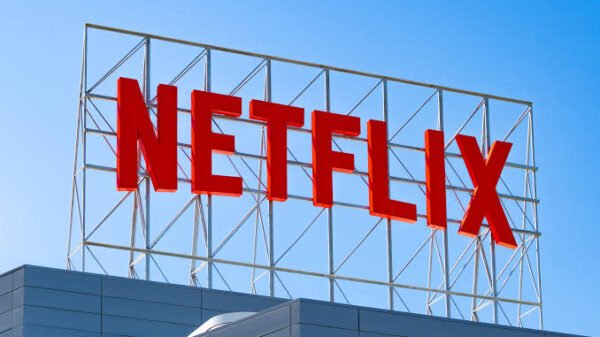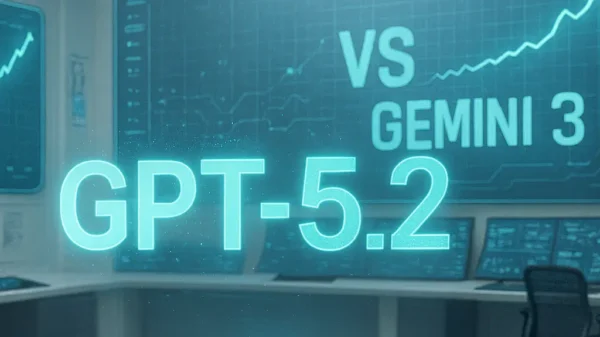The Alibaba Group, the largest e-commerce company in China, predicts its revenue to grow between 45 and 49 percent in this fiscal year which will end in March 2018.
These predicted numbers are slightly lower than the 56 percent fiscal growth that the company reported in March 2017. This shows that booming market, which has risen 13 percent this year to have over 467 million customers, is susceptible to diminishing returns. However, at this point, the company’s expected growth rate is still very promising.
There have been doubts in the Chinese economy recently with its rising debts and overcapacity in steel and glass industries. However, the growth of the Alibaba Group and its biggest rival, Tencent Holdings, indicate that the market for online shoppers is still growing strong in China.
Although China has imposed a strict control policy on political content and entertainment, people in China have a large amount of access to shop, transfer money, invest, and carry out a variety of other purchasing functions online.
Alibaba saw a 12 percent increase in its trading price on the New York Stock Exchange this week. Tencent Holdings has also seen increases in trading price for their stock over the past few years as well. These Chinese technology companies are not the only companies benefitting from these increases in stock prices as American tech companies like Apple, Google, and Facebook have also seen an increase.
The Alibaba Group provides a marketplace for large and small sellers to set up online shops and sell to customers in China. Alibaba also offers advertising space to draw customers to these online shops. This advertising space is auctioned off to vendors and comprises about 60 percent of Alibaba’s revenue.
The price of advertising space has increased as a result of higher demand and higher bids which has led to several vendor protests. Alibaba’s chief financial officer, Maggie Wu, responded to these protests by stating “we’re not holding a gun to merchants’ head to make revenue grow. It’s all determined by merchants. They bid for every single click.”
Although there have been protests about high prices for advertising spaces, the price for advertising in China has always been behind more economically developed countries in Europe and Asia and these increases in price show China’s market catching up.
This information has eased investors who have been concerned that the total value of merchandise that Alibaba sells has slowed down to 22 percent in 2017, which is a smaller growth rate than in previous years.
Featured Image Via Wikimedia

















































